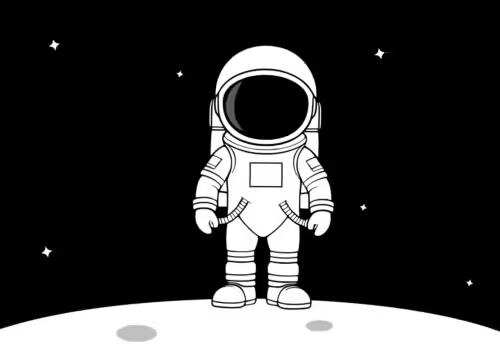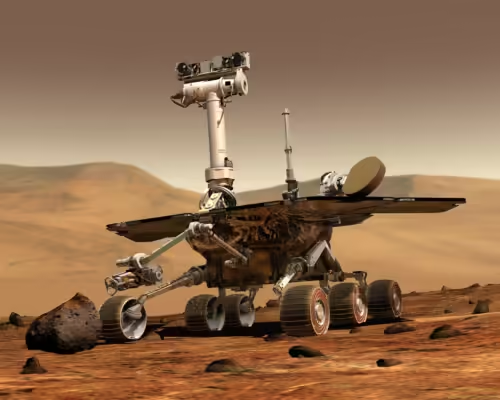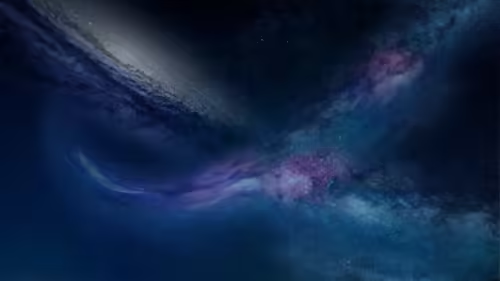Journeying through the Stars. Are you ever curious about what goes on beyond our home planet and how we explore the infinite expanse of the cosmos? As you journey through the stars with the European Space Agency’s (ESA) Blog Feed, you’ll gain a unique perspective on the myriad of missions, technologies, and policies defining modern space exploration.
Table of Contents
Overview
Space exploration has always captured the imagination of humanity, offering a gateway to boundless mysteries and scientific advancements. ESA plays a pivotal role in this exploration, continuously pushing the boundaries of what we know and can achieve. The ESA Blog Feed serves as a vital resource for understanding these efforts, providing insights from astronauts aboard the International Space Station (ISS) and up-to-date information on missions like Rosetta and Mars Express. Additionally, the blog delves into crucial topics such as clean space initiatives and the agency’s open access policy.
Historical Context
Understanding ESA’s current initiatives necessitates a look back at its storied history. Founded in 1975, ESA has been instrumental in collaborative international space projects, setting a foundation for its current role as a global leader in space exploration. ESA’s numerous milestones, including the historic Giotto mission to Halley’s Comet and the Huygens probe landing on Titan, affirm its commitment to pushing scientific boundaries.
Key Milestones in ESA’s History
| Year | Mission/Event | Significance |
|---|---|---|
| 1975 | Foundation of ESA | Establishing a European cooperative in space exploration. |
| 1986 | Giotto Mission | First close-up images of Halley’s Comet. |
| 2005 | Huygens Probe Landing | First landing on Titan, Saturn’s largest moon. |
| 2014 | Rosetta Mission | First spacecraft to orbit and land on a comet. |

This image is property of pixabay.com.
Current Trends
The ESA Blog Feed is more than an archive; it reflects the latest advancements, ongoing missions, and policy updates. It underscores the growing trend of international collaboration, sustainable practices in space, and the shift towards open access in scientific research.
Cutting-edge Missions
ESA’s Rosetta mission, which successfully orbited and landed on Comet 67P/Churyumov-Gerasimenko, stands as a testament to the agency’s engineering prowess and scientific ambition. Similarly, Mars Express continues to send back invaluable data about the Red Planet, informing future missions and potential human habitation.
Sustainable Space Practices
The blog also highlights ESA’s commitment to sustainability through initiatives aimed at mitigating space debris. Such programs underscore the importance of maintaining a cleaner orbital environment, ensuring the longevity and safety of space activities.
Key Concepts and Definitions
Astronaut Contributions
Astronauts play a critical role in the narratives shared on the ESA Blog. From onboard experiments on the ISS to spacewalks, their firsthand experiences provide a rich tapestry of scientific exploration and human endurance.
Example: André Kuipers’ Experience
Dutch astronaut André Kuipers has shared detailed accounts of his missions on the ISS, providing invaluable insights into daily life in space, the challenges of microgravity, and the scientific experiments conducted.
Specific Mission Overviews
Rosetta Mission
The Rosetta mission aimed to deepen our understanding of comets and the early solar system. Launched in 2004, Rosetta traveled for 10 years before rendezvousing with Comet 67P. Its data has been pivotal in comprehending the composition and behavior of comets.
Mars Express
Launched in 2003, Mars Express has been a cornerstone in Martian research. It has mapped the planet’s surface with unprecedented detail, detected subsurface water ice, and studied its atmosphere, providing crucial information for future exploration.
Clean Space Initiatives
ESA’s Clean Space program strives to minimize space debris, ensuring sustainable practices. The blog discusses various projects like ‘e.Deorbit’, designed to remove defunct satellites from orbit, reflecting ESA’s proactive stance on environmental stewardship in space.
Open Access Policy
The ESA Blog Feed regularly updates readers on its open access policy, striving to make scientific data freely available. This transparency fosters greater scientific collaboration and public trust, reinforcing ESA’s commitment to knowledge dissemination.

This image is property of pixabay.com.
Detailed Analysis
Astronaut Insights
The blogs penned by astronauts offer unique perspectives on human adaptability and the scientific endeavors aboard the ISS. For instance, Alexander Gerst’s journals elaborately discuss psychological and physiological adaptations to long-duration spaceflight, enriching our understanding of human factors in space.
Case Studies
Rosetta Mission Insights
Data from the Rosetta mission revealed complex organic molecules on Comet 67P, suggesting that comets could have been the carriers of life’s building blocks to Earth. This underscores the mission’s significance in broadening our understanding of life’s origins.
Mars Express Contributions
Mars Express has found evidence of ancient lakes and river systems on Mars, contributing to the growing body of knowledge hinting at the planet’s potentially habitable past.
Diverse Perspectives
Different blogs present varied viewpoints, from technical descriptions of mission parameters to philosophical musings on space exploration’s broader impact. This diversity ensures a comprehensive understanding, appealing to both scientific communities and the general public.
Comparative Analysis
| Perspective | Description | Impact |
|---|---|---|
| Scientific Research | In-depth analyses of mission data and findings. | Enhances knowledge about space and fosters technological advancements. |
| Astronaut Experience | Personal accounts of living in space. | Offers human insights and engages broader audiences. |
| Policy and Ethics | Discussions on sustainability and open access. | Promotes responsible exploration and transparency. |
Impact Assessment
The insights provided in these blogs not only inform but also inspire future generations. They elucidate the immediate and long-term impacts of space missions, from technological advancements to ethical considerations in space exploration.
Future Directions and Implications
Predictions
As ESA continues its exploration ventures, several predictions can be made about its future trajectory. Anticipate more collaborative missions, particularly those focusing on lunar and Martian exploration, driven by the Artemis program and other international initiatives.
Implications
These advancements have far-reaching implications. ESA’s commitment to sustainability will likely set industry standards, encouraging other space-faring nations to adopt similar practices. Furthermore, open access to scientific data will democratize space research, potentially leading to groundbreaking discoveries.

This image is property of pixabay.com.
Conclusion
In summary, ESA’s Blog Feed offers an authoritative and comprehensive look into the multifaceted world of space exploration. It illuminates the complexities and wonders of missions such as Rosetta and Mars Express while foregrounding the contributions of astronauts and the significance of sustainable practices and open access policies. What do you think about the potential of these space missions and their implications for the future?
Engage with more of ESA’s initiatives and discoveries through their blog, and continue broadening your knowledge on the ever-expanding field of space exploration.

